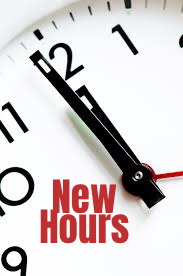
The UC Blue AshCollege Library will debut the following new hours for fall semester based on student use and demand: Continue reading


The UC Blue AshCollege Library will debut the following new hours for fall semester based on student use and demand: Continue reading
by Christian Boyles and Michelle McKinney

Your UCBA Library’s current display features a selection of books and DVDs that are featured on PBS’s The Great American Read program. The Great American Read is an eight-part series Continue reading
|
As part of the Data and Computational Science Series funded by the Provost Office, IT@UC and UC Libraries will host the XSEDE HPC Workshop: BIG DATA workshop.
The University of Cincinnati is pleased to be a remote site for the XSEDE HPC Workshop on Big Data. This 2-day workshop will focus on topics including Hadoop and SPARK. Please bring a lap top, lunch will be provided both days.
When: Wednesday and Thursday September 5-6, 2018; 11am – 5pm
Location: University Hall 4th floor suite, Room 420B
Free Registration (required) Click Here!
Note: You need an XSEDE account to register: Create Account
Tentative Schedule (Eastern Standard Time)
Special Instructions: Participants should bring their own laptop, no previous HPC experience needed, lunch will be provided.
Parking: Kingsgate/University Hall Parking Garage or UC North Shuttle
Questions? Contact Jane Combs at combsje@ucmail.uc.edu
XSEDE (eXtreme Science and Engineering Discovery Environment) is a virtual system that provides compute resources for scientists and researchers from all over the country. Its mission is to facilitate research collaboration among institutions, enhance research productivity, provide remote data transfer, and enable remote instrumentation. XSEDE is funded by National Science Foundation (NSF). Getting Started Guide for XSEDE.
Clermont College Library welcomes its newest faculty member – Instruction Librarian, Heather Mitchell-Botts!
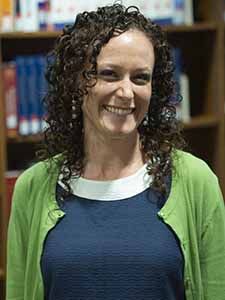
Heather comes to UC Clermont from ECPI University’s campus in Raleigh, North Carolina where she served as Campus Librarian for the past 5 years. Heather’s experience in teaching and public services is extensive – at ECPI she did everything from teach information literacy classes to create online guides/tutorials to collection development.
Heather’s role at the Clermont College Library will focus primarily on instruction. She’ll serve as instruction coordinator for our library, developing formal information literacy instruction programming and planning to support students both in person and online. Heather will also focus on the development of online tools in support of information literacy and serve as librarian liaison to the ELF and BLT departments.
I’m personally very excited to welcome Heather to our team. She is passionate about teaching and brings a great deal of professionalism and positivity to everything she touches. Please join me in welcoming Heather to UC Clermont College.
Sincerely,
Katie Foran-Mulcahy
Library Director
Life of the Mind is an annual lecture series featuring interdisciplinary conversations with UC faculty from a variety of disciplines around a one-word theme. The fall lecture, scheduled for 3-5 p.m. Tuesday, Oct. 30, will focus on the theme of “next.”
Life of the Mind lectures feature one faculty member presenting his or her work and expertise in concert with the prescribed theme. The presentation is not simply a recitation of the presenter’s work, but promotes a point of view. A panel of three faculty members responds to and discusses the lecture from diverse perspectives, and a moderator encourages audience engagement.
The Life of the Mind Steering Committee seeks nominations for the featured UC faculty presenter. Each featured UC faculty presenter possesses:
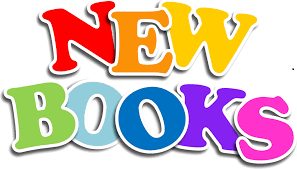 Check out the new science books that have been added to the Geology-Math-Physics and Langsam Libraries.
Check out the new science books that have been added to the Geology-Math-Physics and Langsam Libraries.
Click here to access the May-June 2018 list.
If you have any questions about these books, contact Ted Baldwin, Director of Science and Engineering Libraries, at Ted.Baldwin@uc.edu
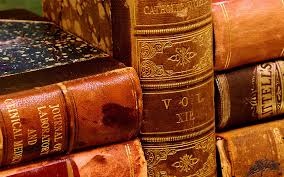 Six new acquisitions have been added to the Oesper collection. Click here to see the details in the May-June 2018 list.
Six new acquisitions have been added to the Oesper collection. Click here to see the details in the May-June 2018 list.
For more information about Oesper and the apparatus museum, click here.
If you have any questions about this collection, contact Ted Baldwin, Director of Science and Engineering Libraries, at Ted.Baldwin@uc.edu.

Suzanne Singer gives the keynote address to kick off the Native Voices exhibit.
On Thursday, July 26, Dr. Suzanne Singer launched the Native Voices exhibit opening giving her keynote presentation after introductions by Xuemao Wang, Dean, University of Cincinnati Libraries; Philip Diller, MD/PhD, Chair and Fred Lazarus Jr Endowed Professor of Family and Community Medicine; and Bleuzette Marshall, PhD, Vice President for Equity and Inclusion at UC. Dr. Singer is an Energy Systems and Thermal Analyst in the Computational Engineering Division at the Lawrence Livermore National Laboratory in Livermore, CA. Her talk focused on the intersections between land, energy, and health in the Navajo community.
After the presentation attendees were encouraged to visit the exhibit and enjoy some of the catered hors d’oeuvres. In addition to the Native Voices exhibit, which is made up primarily of oral histories, a supplementary poster presentation also will run concurrently with the exhibit and be on display alongside the Native Voices listening stations. The posters are a capstone project from a UC Medical Botany class taught by Theresa M. Culley, Ph.D. and Eric Tepe, Ph.D during spring semester, 2018. The posters examine how Native Americans used indigenous plants to maintain health and hygiene.
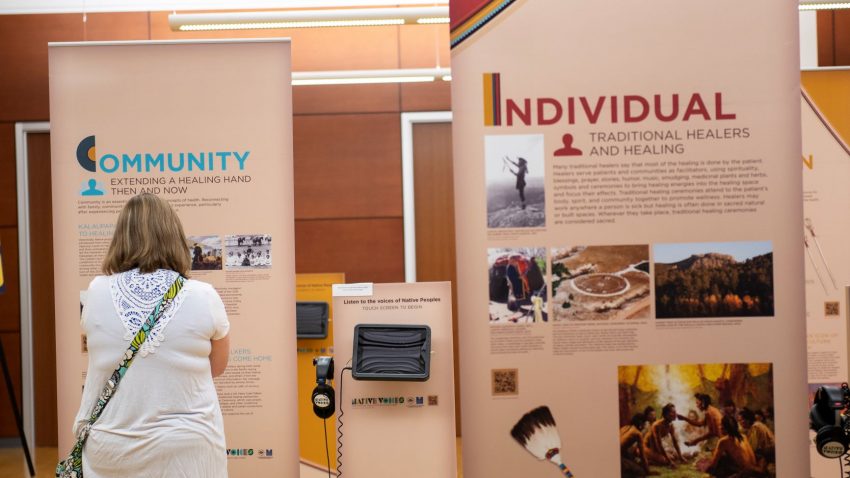
Panels in the Native Voices: Native Peoples’ Concepts of Health and Illness exhibit.
Do try to attend one of the Native Voices lectures over the next several weeks. On Wednesday, August 8th, Madeleine Fix will present “Cincinnati’s Public Landing, the Measles, and Wyandot Removal.” If you are unable to attend, stay turned for more recaps.
A schedule of the remaining lectures is available online. And thank you so much for your continued support of this exhibit and its additional programming.
In the carousel below, please enjoy some of the images taken at the keynote and exhibit opening.